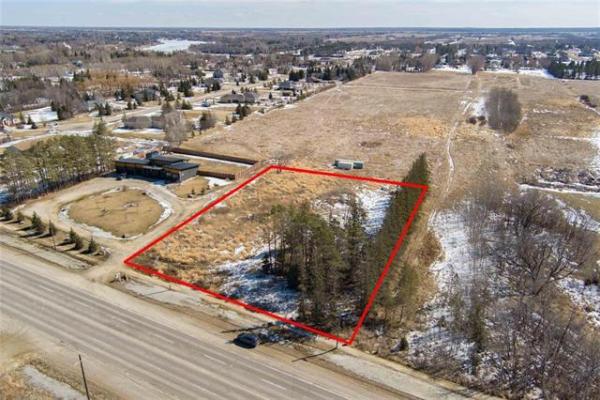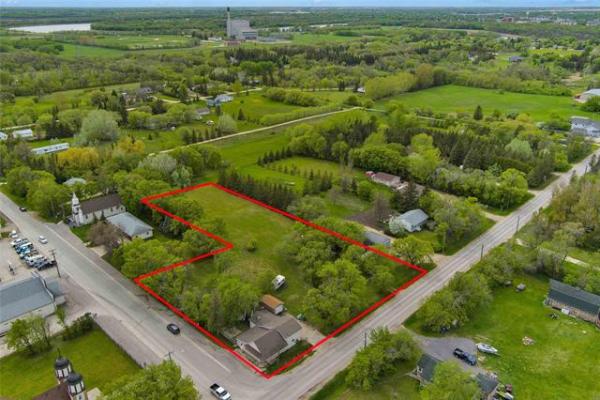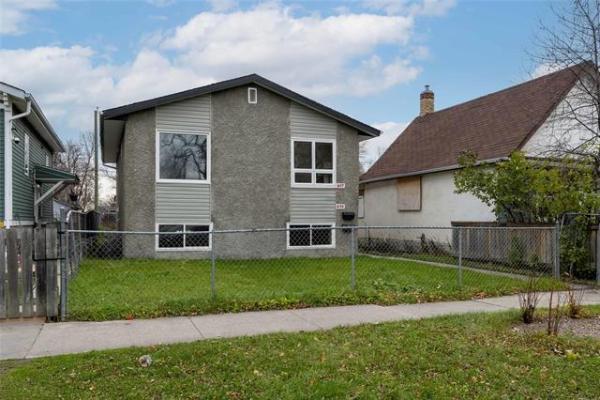QUESTION: Could you please give us some advice in regards to humidifiers and hardwood flooring. We have ordered hardwood flooring for our main floor. It's a Brazilian hardwood called Tiger Wood. We were told by the flooring company that the humidity in the home should be kept at 43 per cent, otherwise the wood will crack. Are you in agreement with this?
Is it best to have a humidifier mounted directly on the furnace, and can you direct us to companies that can do this? Lyle & Sandy Fodchuk
ANSWER: I've answered similar questions in my column several times, but I feel so strongly about this issue that I think it needs further review.
I'm constantly amazed and annoyed at the terrible advice, recommendations or requirements given to homeowners by manufacturers of various building materials. There are many examples of this, from HRVs to shingles, but it's particularly true of hardwood flooring.
There's a lot of information out there about the need to maintain specific conditions for building materials installed in homes, much of it provided without any verified testing. Some of this information comes from experienced contractors and tradesmen and should be treated with respect. But advice such as that you received about relative humidity (RH) is unreliable.
In our climate, interior RH levels change with the weather. Maintaining artificially high humidity in our frigid winter can have disastrous effects on other components in your home. If the flooring you've chosen really does indeed require constant RH levels nearing 50 per cent to prevent damage, it should not be sold or installed in Manitoba and many other places. More likely, this requirement is just an excuse for manufacturers to blame defects on unsuspecting homeowners.
If high air moisture levels were really required to prevent damage to hardwood flooring, there would be thousands of homes with either cracked floors or major moisture damage to walls, windows and other building components. Anyone maintaining an indoor air RH above 40 per cent in the dead of winter in our area will know what I am talking about. Condensation on windows alone, especially at night, will be excessive with that much indoor moisture. This condensation can run down onto window sills, walls and even floor coverings. Even with modern, sealed, dual- or triple-pane windows, the temperature differential will be a certain recipe for the air to reach its dew point upon contact with the glass. While this could be controlled by constant mopping of the water from the sills with towels, or with fans blowing directly on the windows, maintaining a lower RH is the proper approach.
Since your chosen flooring is an exotic wood, it may have different properties than the traditional oak or maple installed in our homes for decades. But numerous types of hardwood are very commonly used for flooring because they are very durable and adapt to environmental changes as well or better than most building materials.
In my opinion, most problems with wood flooring are caused by the condition of the material after milling or the conditions present during installation. Hardwood flooring has to be properly dried before or after production, often in huge kilns, to reach a fairly low moisture content. This is critical to prevent excessive shrinkage if the wood dries out after it's nailing down. If the wood is not properly seasoned, gaps can open between planks.
If the hardwood has a proper moisture content but the air in your home is too humid, buckling can occur as the flooring absorbs this ambient moisture. For this reason, any wood flooring should be stored for several days or weeks in the home where it is to be installed. This will allow the material to "acclimatize" to the existing RH, preventing dramatic shrinkage or swelling after being nailed down.
This critical step has been adopted by experienced flooring contractors for decades, and skipping it can cause many flooring defects.
Maintaining an RH level close to 50 per cent during the heating season in our climate creates another danger -- the possibility of mould growth. This could occur inside exterior wall cavities, on cold foundation walls, or in any areas with poor air movement. Mould, such as wood rot, can cause serious health problems.
While moisture may be good for your rainforest flooring, it's not good for many of the other wooden components in your walls, floors, and attics that are subject to rotting. It makes no sense to provide an indoor air environment that will be beneficial to one component to the determent of many other home systems. I would forget about installation of a humidifier and look at time-tested alternative flooring materials for installation in your home.
Ari Marantz is the owner of Trained Eye Home Inspection Ltd. and the President of the Canadian Association of Home & Property Inspectors - Manitoba (www.cahpi.mb.ca). Questions can be e-mailed to the address below. Ari can be reached at (204) 291-5358 or check out his website at www.trainedeye.ca.
trainedeye@iname.com



